The CRM Resource and Guide
The CRM Resource and Guide
The emergence of customer relationship management (CRM) has transformed how companies store, process, and manage customer information. From the first handshake to the last purchase order, companies can now recall everything about their interactions with customers, stored into perpetuity. The strategy, systems and processes that enable this are generally called customer relationship management. The software solutions that enable it have earned the name customer relationship management software, or CRM software.
This guide will help you understand what CRM is today, how it evolved, and what is important to look for when considering one for your business.
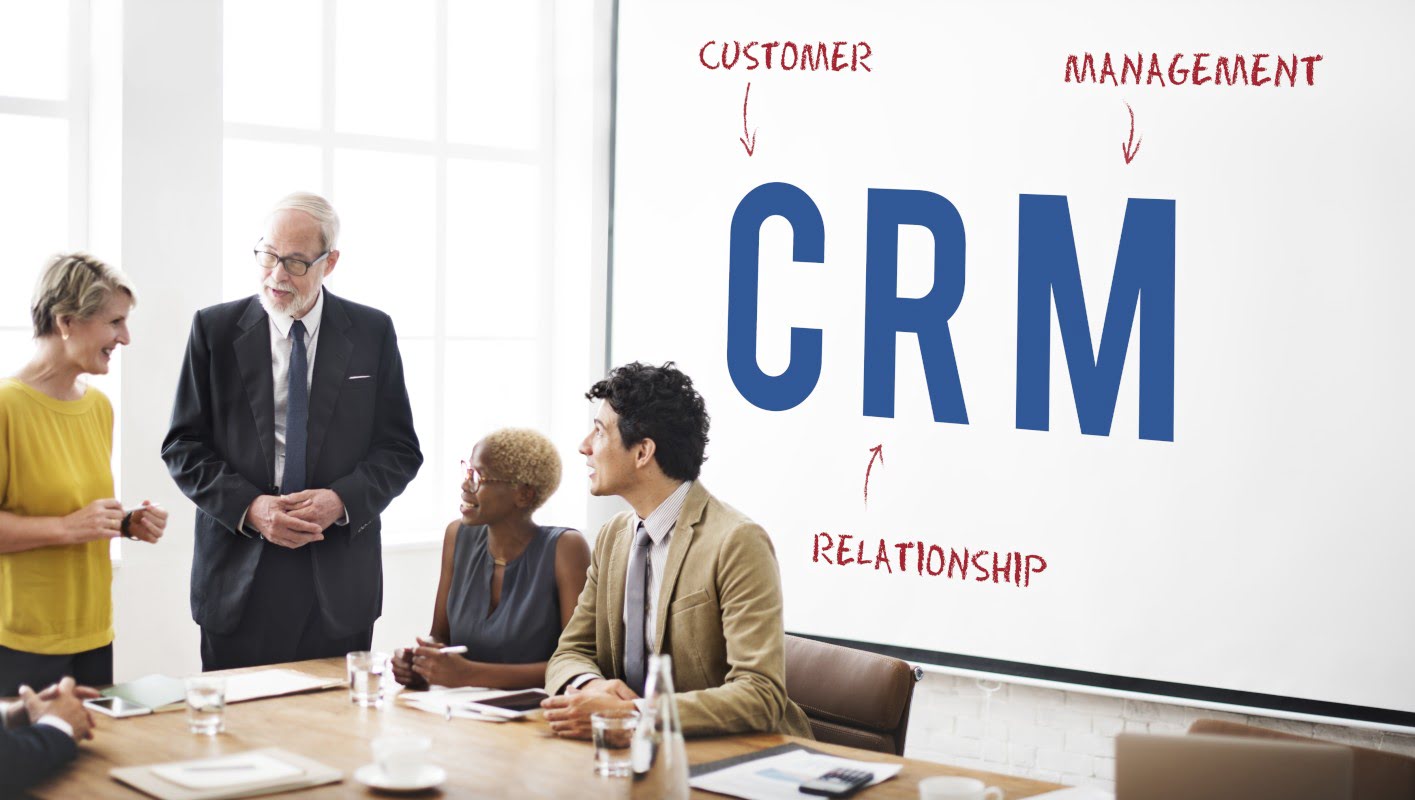
Defining Customer Relationship Management
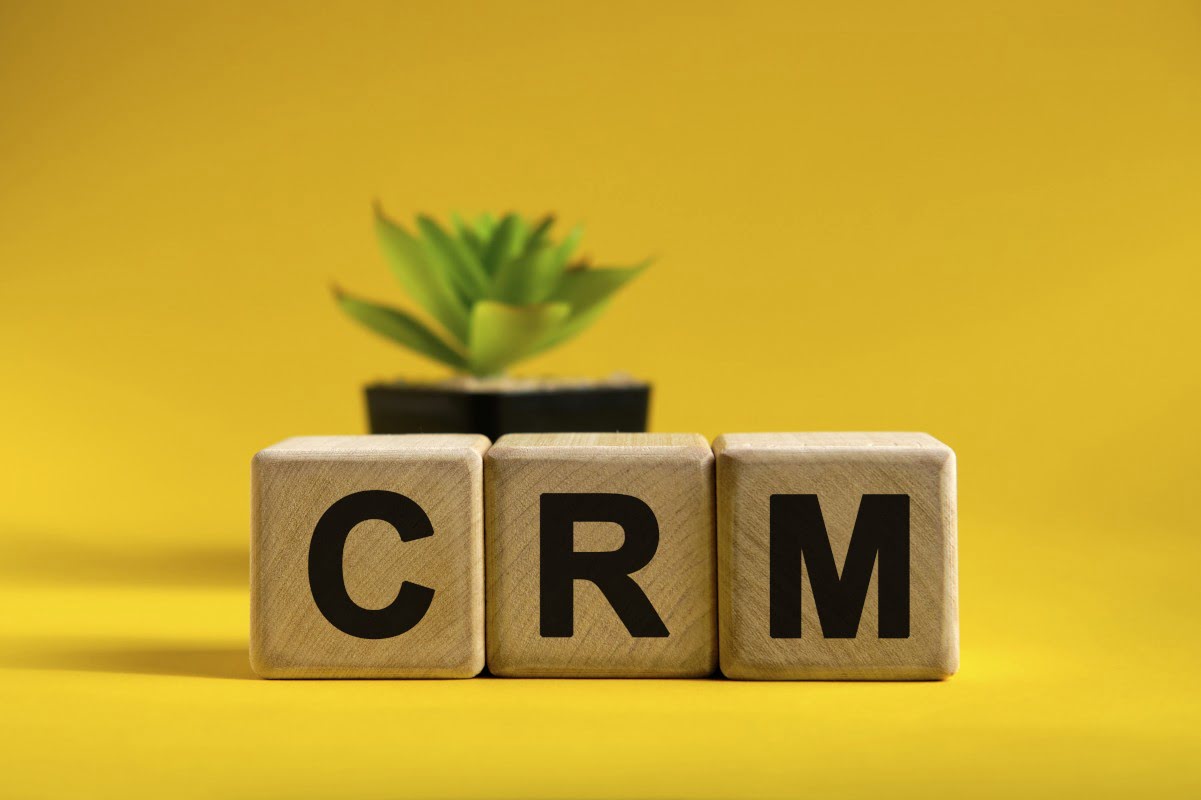
Customer Relationship Management (CRM) helps businesses enter, analyze, and track customer information. CRM systems also provide a methodology for storing, measuring, and managing customer interactions. Many different types of CRM tools, applications, and third–party apps compete for market share, all designed to help businesses generate sales and maintain relationships with customers. These solutions also help other departments, like marketing, finance, operations, customer support, project management, and even executive teams to gain insight into customer behavior and do their jobs more effectively. They also enable companies to analyze customer data and ultimately measure business performance to determine where their strengths and weaknesses lie.
Not only does an insurance company need to have this constant contact, but they need to also provide unique lead generating and follow–up processes that are different than any other specialty. CRM programs for insurance companies should provide lead generation tools like email marketing campaign management, analytics reporting that enables owners to target lucrative demographics, and to integrate internal policy generation tools. The best CRM software for insurance will allow agents and underwriters to set up specific work processes that will allow them to collaborate and negotiate with customers, outside insurance providers, and other parties affected by claims.
Regardless of function, CRMs help businesses manage the demands of business, which center around supporting the needs of the customer.
CRMs Manage Demand
As a business grows, so does the time and complexity of managing customer relationships. For example, the local print shop may be able to use a spreadsheet or file folder to manage customers for a period of time, but as their customer base grows so does their need to scale sales management. The efficient acquisition and maintenance of customer data can quickly exceed the capacity of existing staff. A CRM will help the printer save time by aggregating necessary information that will help them service the existing customer and acquire new accounts.
Customer relationship management tools enable businesses to take care of routine tasks that would otherwise require manual work. This includes the generation of automated quotes, mass–emails, mail merges, and repetitive communications with other departments. They can also be expanded to work with other systems that run supply chains, production audits, and manage delivery efficiency. If implemented correctly, customer relationship management software can mean the difference between success and failure to sustain growth.
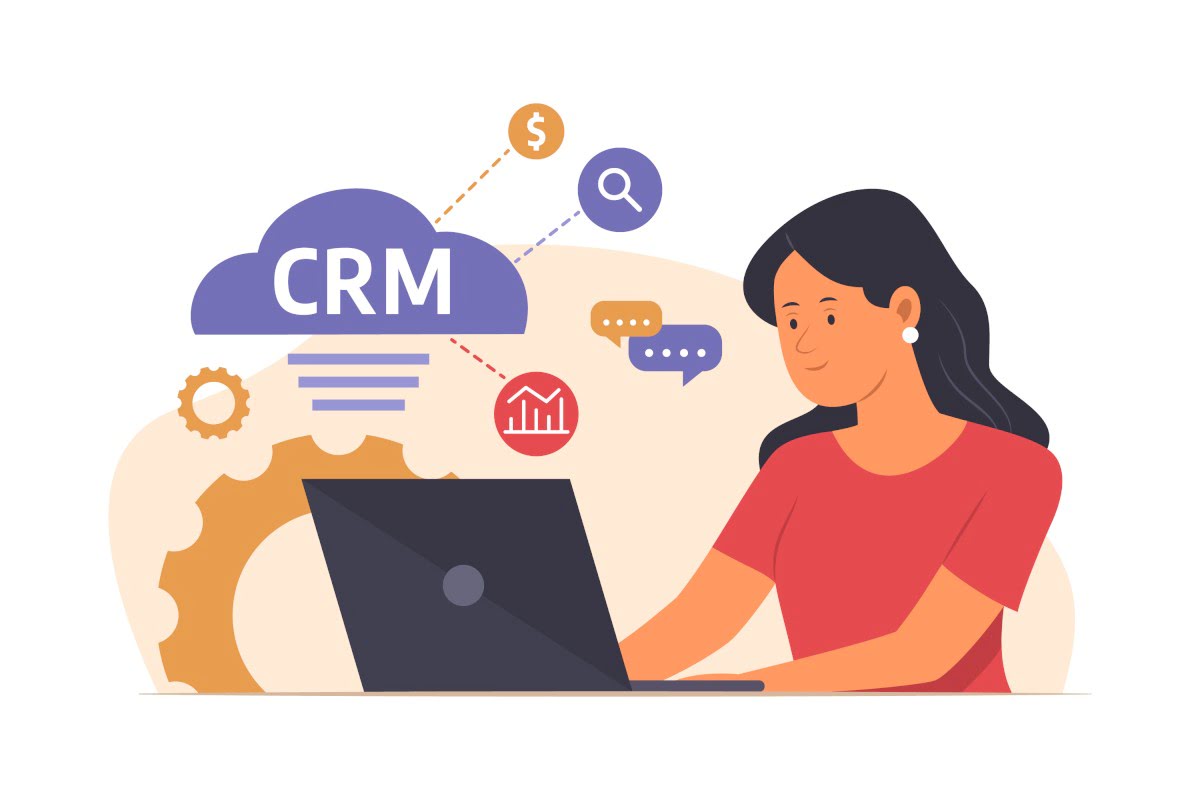

Three Things Every CRM Should Do Well
Regardless of whether you use a Rolodex or multi–million dollar enterprise–wide implementation, CRM systems must do three things really well: gather customer data, warehouse it, and deliver it in a usable form.
Gathering Customer Data
A good CRM tool collects meaningful data about customers and develops strategies to use that data to increase sales. The types of data gathered can be as specific as how to solve a particular customer problem or as broad as new insights into customers’ needs and behaviors. Customer relationships develop at many different levels of a business, from the inside sales rep who cold calls a prospect and qualifies them, to the accounts receivable intern who asks for payment. A good customer relationship management tool will enable teams to record whatever they want.


Warehousing Data
A good customer relationship management system will aggregate customer data from multiple locations, including manual entry, lead capture, websites, social platforms, and other communication platforms. Enabling the manual and automated aggregation of data into a reliable repository ensures the information will be there when it’s required. Information that is not required can deleted or no longer displayed as business processes change. The same applies to new information that needs to be introduced in order to meet a new strategy.
Delivering Usable Data
Great CRM systems take this information and make it available on demand, customized to the needs of sales and other departments. When this happens, the democratization of information throughout an organization improves individual effectiveness, making it accessible to those who need it to perform their job function. The summation of this effort builds a stronger performing company, because now employees work more effectively, stay informed, and can better serve the needs of the customer.
So how did CRMs emerge to handle these critical functions within a business? What were the drivers that created the demand?
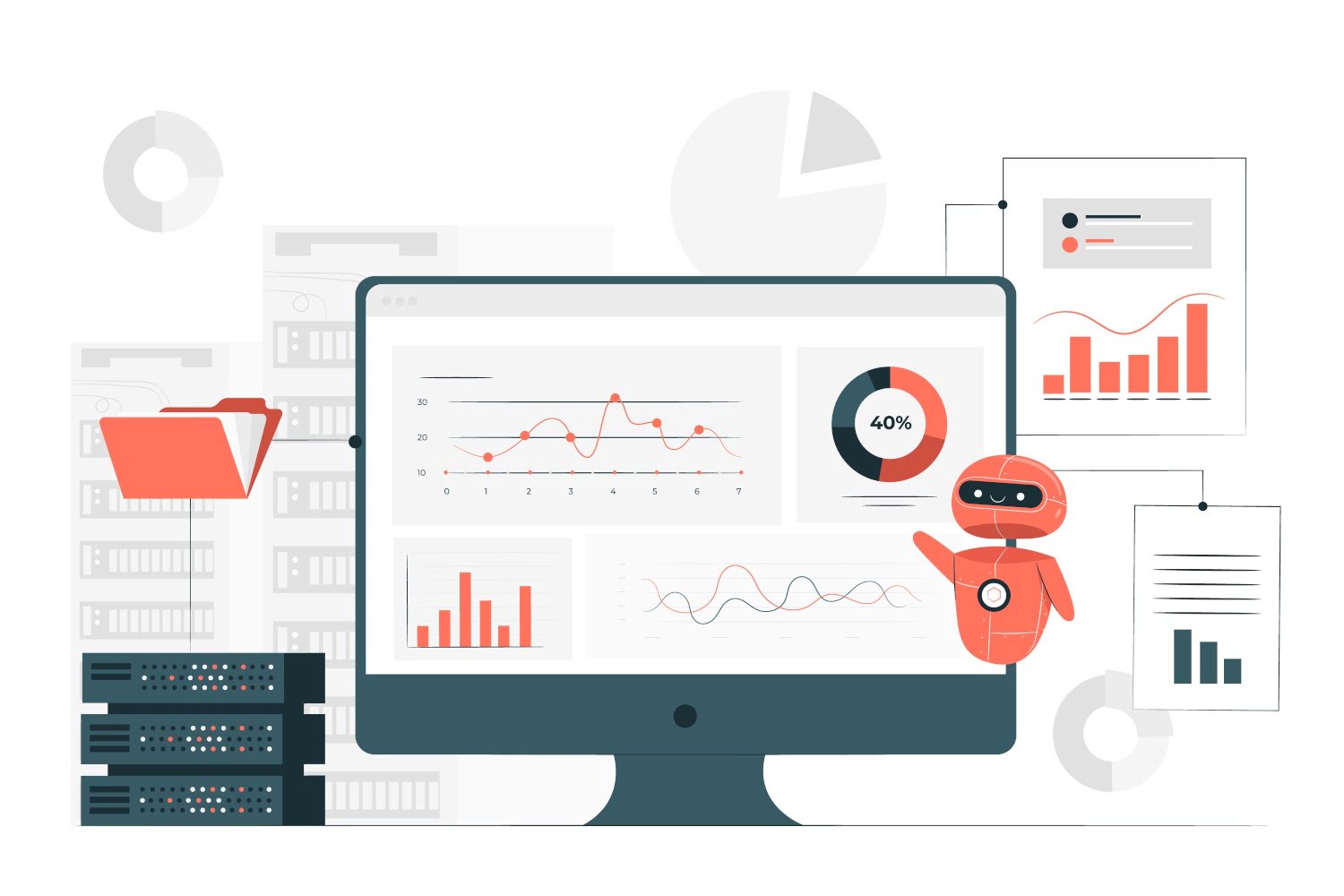
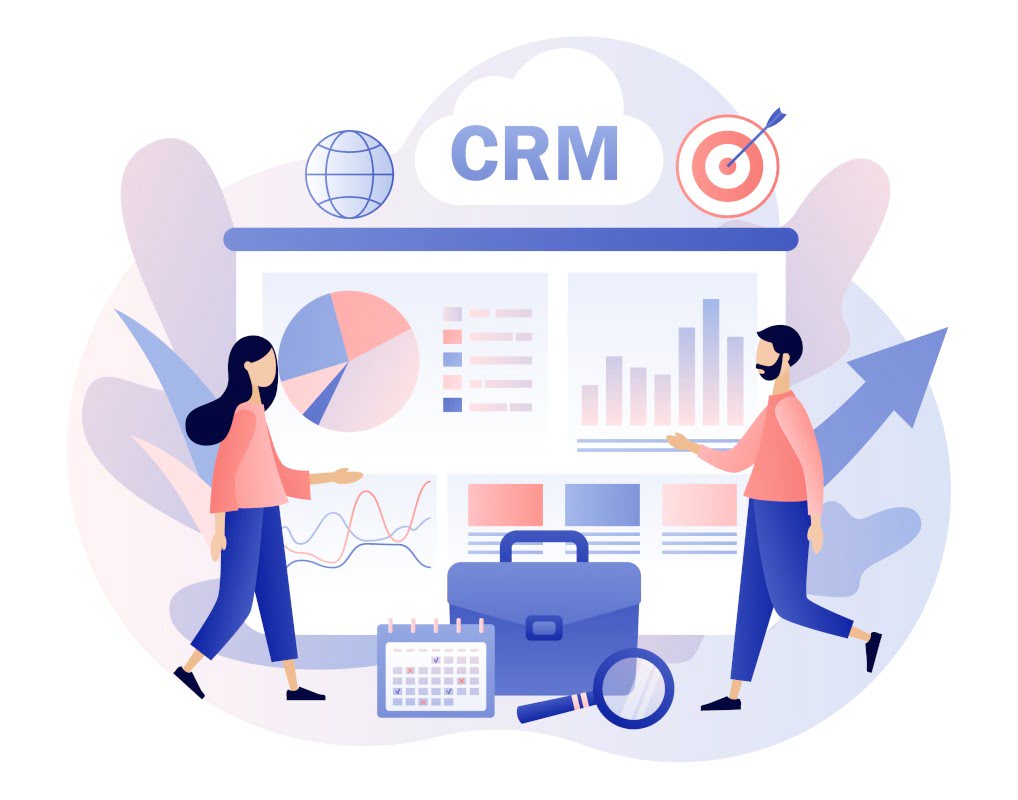
The History of Customer Relationship Management
In the 1980s, CRM technology often took the form of a marketing database in which customer data was collected and analyzed manually using statistical modeling. Companies stored this information in a file cabinet, or for those which had the resources, a database. The stored data was used to develop customized marketing programs for specific audiences. The information was collected in survey form and informed businesses about their customers: what they bought regularly, what they spent, and how they spent their time.
Around 1986 contact management software was introduced. It enabled sales people to digitally store and organize their customer information. In the early 1990s, the first true customer relationship management systems became available.
The first CRM systems were sales force automation (SFA) tools that offered database marketing, inventory control, and sales tracking. In 1995 the first enterprise resource management (ERP) and software as a service (SaaS) solutions emerged in the marketplace, offering businesses even more ways to manage their customer relationship tasks like order tracking, demographics research, and sales predictions. These early CRM solutions were all on–premise solutions installed on employee’s computers or on larger servers in the back office.
In the early 2000s, the proliferation of web–based solutions changed the paradigm of how a sales force automation tools should work. As companies became more comfortable with storing, accessing and reviewing information through a browser, the adoption of these web–based solutions “crossed–the–chasm”. Today, the vast majority of business are readily adopting cloud–based solutions for all of their business functions. The need for cloud–based CRM has likewise followed suit.
Now more than ever, businesses have adopted a maniacal focus on the customer as a pillar in their strategy to improve business performance over the competition. The CRM solution they adopt is a key tool enabling their sustainable competitive advantage. Current solutions take advantage of the power of the Internet to provide cloud– and web–based systems which can be accessible from any connected device. In 2014, the CRM industry is projected to be a $23.8 billion dollar market opportunity, according to Gartner Inc.
Depending on how you look at CRM, as a software, data storage or relationship–management solution, the combination of these elements in support of business requirements are what will drive demand well into the future.
CRM Defined as Software
In broad terms, CRM software helps businesses manage their customer data, sales leads, and marketing campaigns as well as internal business processes such as employee and vendor relationships. CRM as software helps organizations make the most of their relationships by storing all the data in one easily accessible place and using analytics to help them leverage existing current customer relationships to increase sales. It helps business leaders gain insight into customer buying habits as well and to manage and manipulate that data.
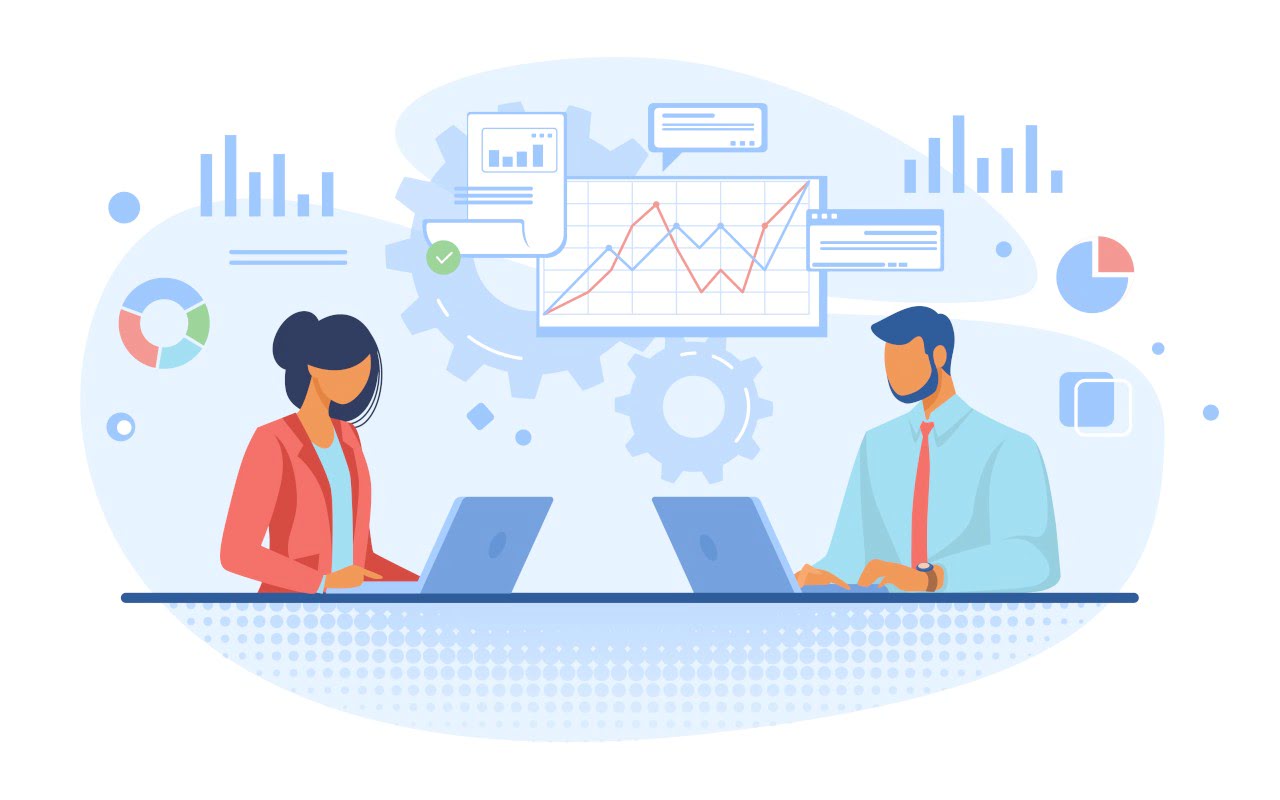
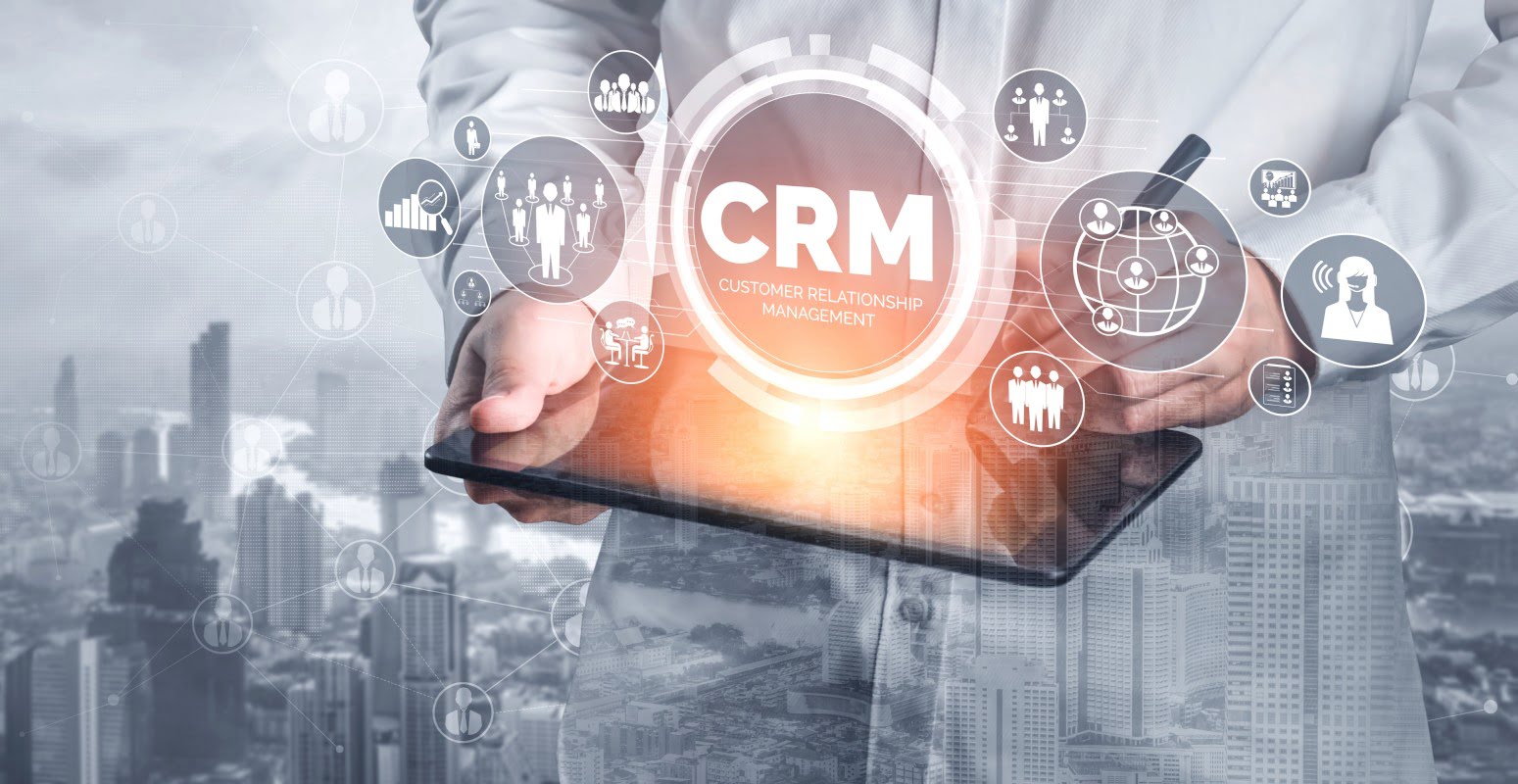
CRM defined as Data Storage
Anything related to your business can be stored within a CRM tool, including customer details, like such as purchasing history, details about current or future marketing campaigns, sales strategies, contract details, demographics, and employee data. CRM tools can integrate and configure this information in numerous ways, allowing users to see many different aspects of their businesses and customer relationships at a glance. The number of reports and configurations within your CRM system can be limitless. In simple terms, a CRM is a huge database that stores anything about your business all in one place.
The Benefits of a Customer Relationship Management System
CRMs maintain, improve, and build a record of customer relationships. With a good CRM system, all customer interactions can be carried out in a consistent and systematic way across your business.
CRM systems also benefit businesses by expanding their customer base and increasing sales based on analytics of aggregated customer data. CRM enables you to find new customers based on current customer trends, target them with the products/services they’re looking for based on demographics and other details, and tailor your marketing efforts to reach those customers.
CRMs also enable you to analyze your current sales tactics to determine if they’re on target or falling short of your company goals. Another benefit of CRM technology is that it also helps you keeping your customers informed through automated e–mails and gives your employees a single reliable tool to use to access and update customer information. CRM tools encourage collaboration by allowing teams to work together to improve company processes.
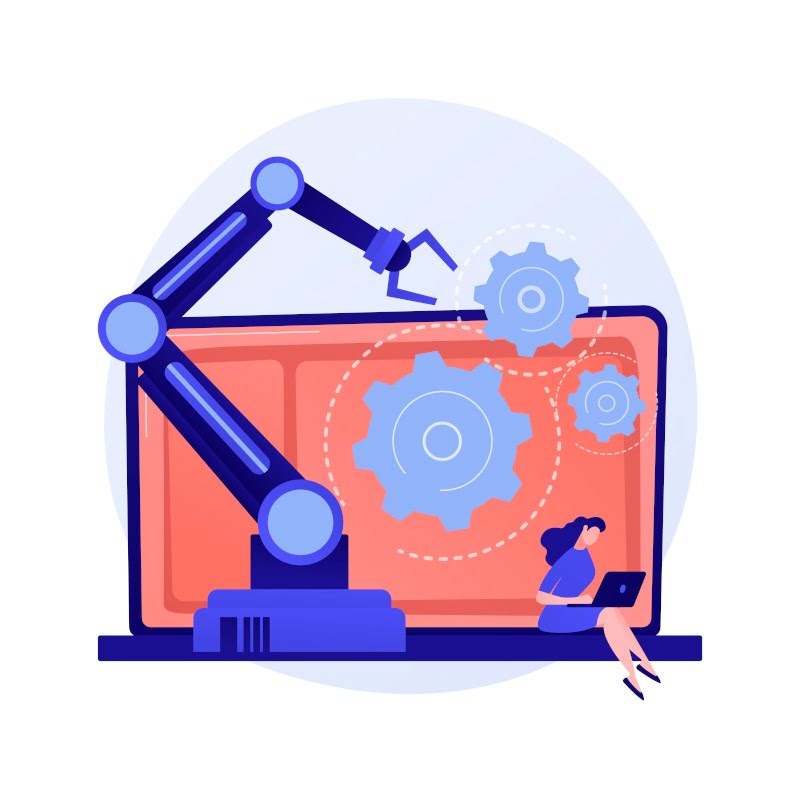

Additional benefits a business can gain from a good CRM include:
What is CRM Software?
CRM software is typically used to manage business to customer relationships. CRM software can be customized easily, allowing you to define how you want to gather the data that will help you gain customer insights and personalize your product and service offerings. Moving beyond basic customer relationship management, CRM software systems manage relationships on a broader scale to include partner relationships, business contacts, and sales leads and marketing activities. Most CRM software come with many features and tools, and although many of the CRM products on the market offer similar feature sets, each one offers its own set of unique tools.
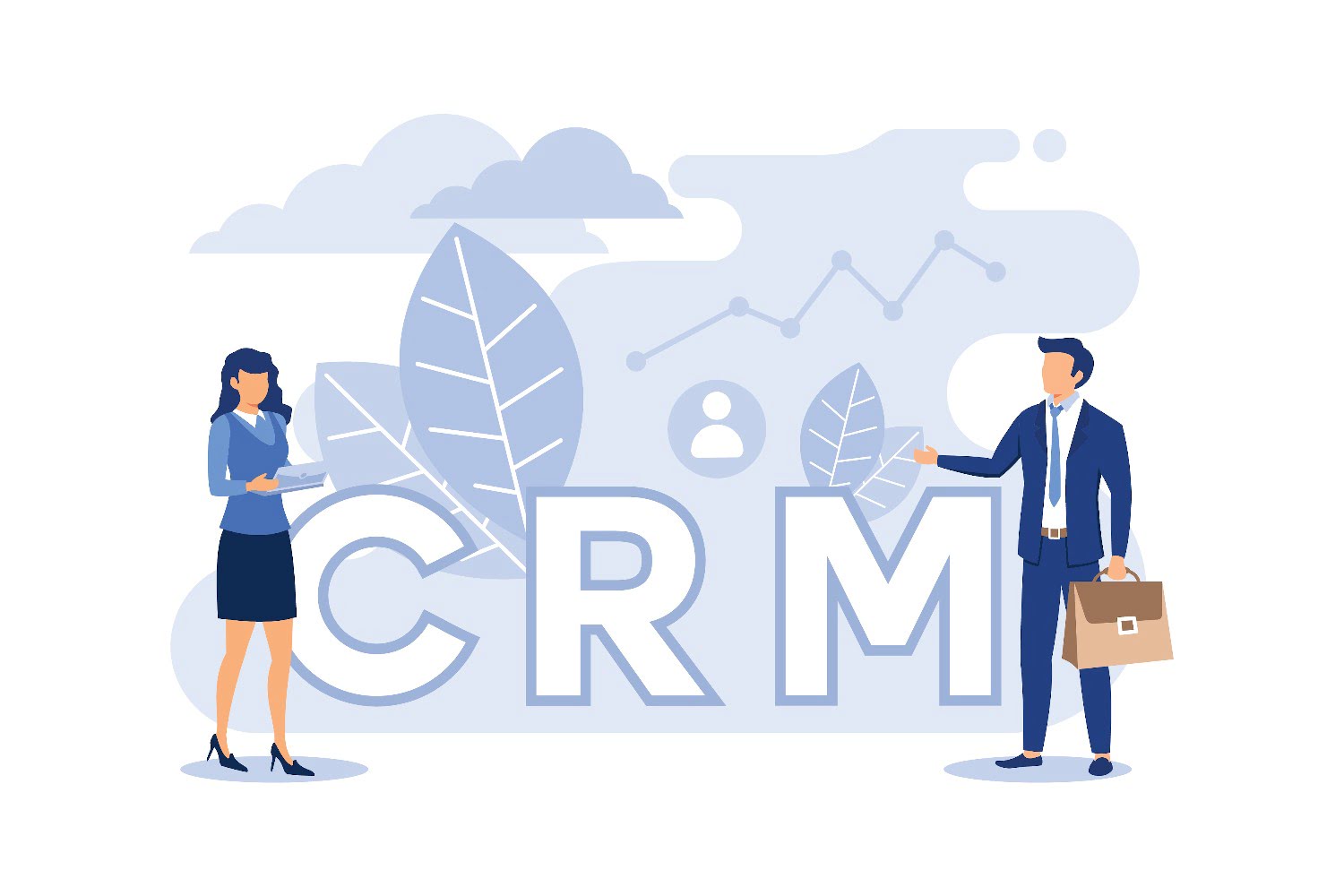
CRM Software

As a business owner, you should be looking for ways to manage your customer relationships and improve your customer service all the time. Customer relationship management (CRM) software will help you consolidate all of your relevant business information from various departments and sources into a single easy–to–access database. Storing the data from all customer interactions in a central location allows you and your employees to have access to new information in real time. This not only gives you a comprehensive, 360–degree view of your organization, it also increases efficiency, profitability, and productivity by facilitating communications within your organization.
A good CRM solution will typically provide:
Features Review for CRM Software
To remain competitive and relevant, you must manage interactions with your customers. Relationships with vendors, suppliers, and even employees, likewise, make or break your business. CRM software, which was originally designed to only track customer information, has evolved into a valuable tool that can help you track a variety of quantifiers such as sales activity, monitor employee performance, and create marketing campaigns.
Many CRM solutions offer a number of features and add–ons to attract a wide range customers, and you should identify those you believe to be most important for your business. While exploring your CRM options, focus on features that will have the positive impact to your business’ bottom line. Below you will find a comprehensive review of the most popular CRM software features.


Reporting and Analytics
Reporting and analytics can help both for profit companies and nonprofit organizations, as these functions enable you to collect, manage, and manipulate customer data to get a comprehensive, real–time view of your business. Through the use of customizable dashboards, you can track business functions such as sales activity, monitor employee productivity, or isolate key trends in your business. This type of information lets you make more informed business decisions, improve your marketing campaigns, and better target consumer groups appropriate for your business.
Automation
Automation allows you to design and run back office business processes such as lead management, sales forecasting, and order fulfillment automatically. In addition, automating routine tasks can promote real–time collaboration within your organization, which will eliminate redundancy and help your staff align goals. This tool provides the most help to sales teams, who can use the automation feature to reduce administrative tasks. This lets them focus on creating leads, closing deals, and building customer relationships, all of which drive performance and profitability


Third Party Integration
Third party integration refers to the partnerships between the CRM software developer and other service offering providers. The integration of CRM with additional tools and applications adds value to your CRM investment by offering you add–ons to enhance performance and encourage productivity. Typically, add–ons and integrations offered by third party providers include tools like lead capturing, desktop productivity, email marketing support, web services, and business management applications.
Data Management
Data management features allow a business to store documents and other file types associated with their clients and customers in a consolidated database. Data management facilitates real–time collaboration with other authorized users internally across your business, and externally with customers. Also, as part of the collaboration process, you can set up alerts to notify you when changes to a file has been made. Data management can be utilized by all types of businesses.
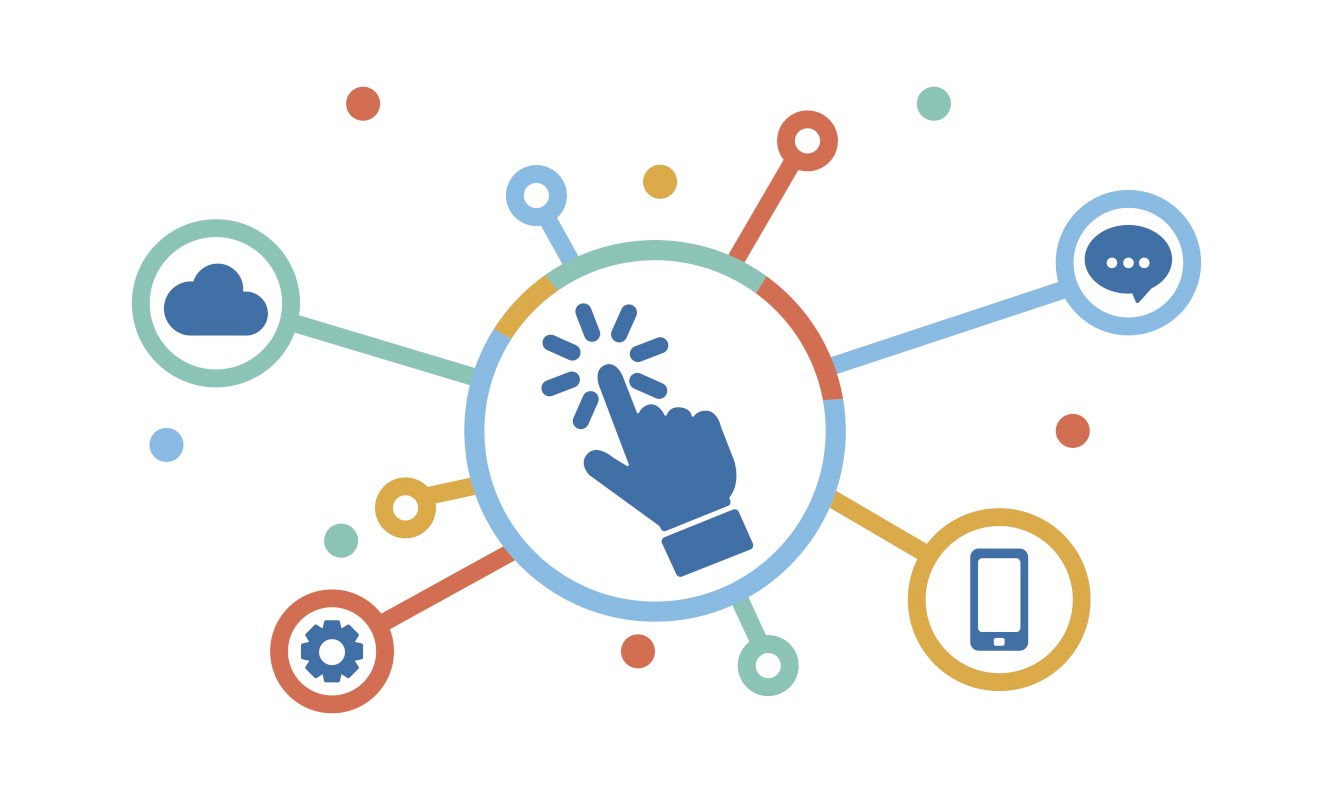

Email Integration
Email integration refers to the ability of the CRM software to seamlessly merge with your current email application, such as Outlook, Gmail, Lotus Notes, or IMAP–based email servers. Although email integration greatly helps businesses which conduct sales, marketing, and support activities, it can be beneficial to all business types and sizes. The email integration feature allows you to send emails, synchronize your calendar, and track client activities without having to change the way you work or toggle between various applications, so you stay productive.
Learning Curve
The learning curve refers to the amount of time it takes for a specific skill to be mastered. If your employees are used to using spreadsheets and handwritten notes, implementing a new system, even an intuitive CRM solution, will take time for them to adapt and transition. By implementing CRM software that integrates with familiar applications such as Microsoft Office or Microsoft Outlook, you can significantly reduce the learning curve while introducing them to all the beneficial tools and features of CRM.
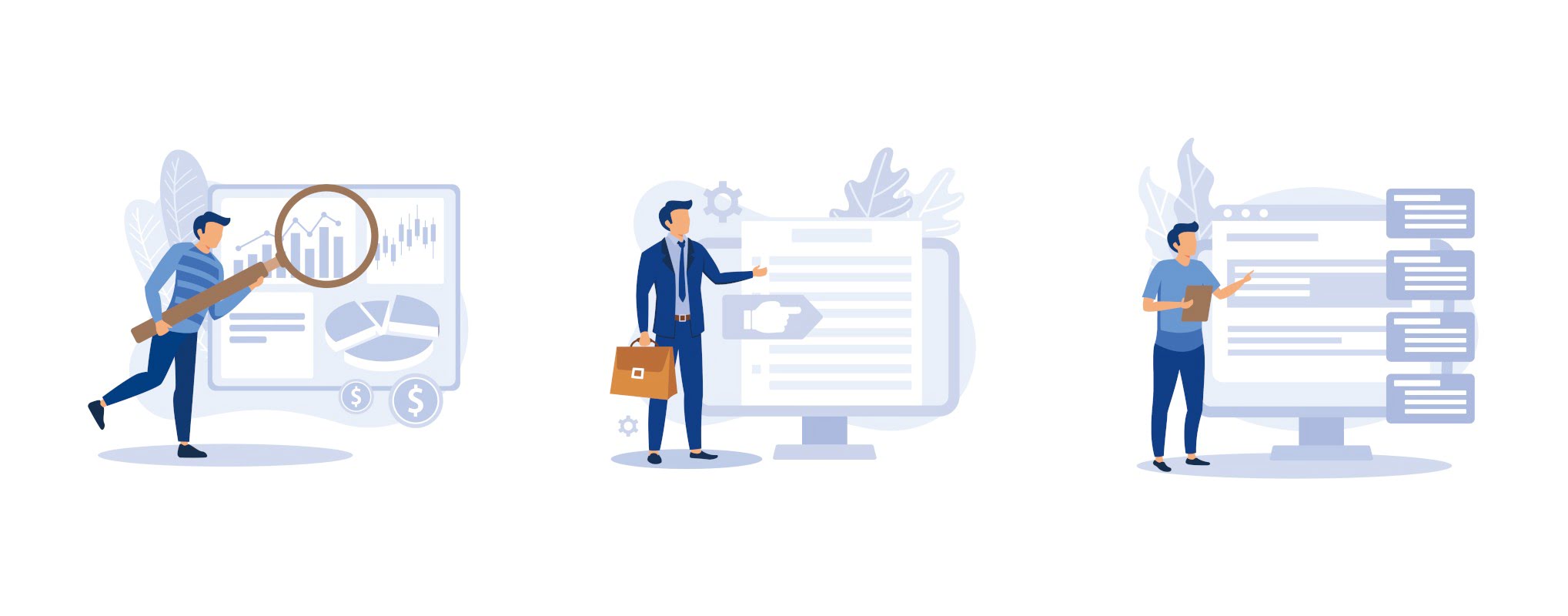

Security and Administration
Security and administration offers the functionality and authentications of a security system within your organization, helping you control access to information. Enabling security and administration features allows you to define authorizations based on quantifiers such as employee role, group, territory, or user profile. Managing security and administration helps all types of businesses and organizations, but if your company has a large network, you must define role–based permissions and authentications to keep data secure.
Support
If you operate a call center or run a service department, the support feature of CRM software can be configured to track the support information important to your organization. It can also help you centralize the product–based solutions you offer through help lines, tech support, and customer care to your clients, prospects, distributors, and dealers. The support feature can also enable your support technicians or customer service representatives to track and manage details related to a support or service request more efficiently.

Schedule your live demo today
Contact Info
Submit the form and our Team will get back to you within 24 hours
10800 NE 8th St, Suite 918 Bellevue WA 98004
1-855-284-3426